- Publication: International Monetory Fund
- Publication Date: January 14, 2024
- Organizations mentioned: International Labour Organization (ILO), International Telecommunication Union (ITU), United Nations (UN), Universal Postal Union (UPU), World Bank (WB)
- Publication Authors: Mauro Cazzaniga, Florence Jaumotte, Longji Li, Giovanni Melina, Augustus J. Panton, Carlo Pizzinelli, Emma Rockall, Marina M. Tavares
- Technical background required: Medium
- Estimated read time (original text): 120 minutes
- Sentiment score: 50%, Neutral
This IMF report, titled “Gen-AI: Artificial Intelligence and the Future of Work,” explores the potential impacts of AI on global economies, particularly in labor markets. It delves into how AI might reshape employment, with a focus on advanced economies and their exposure to AI-induced changes in labor dynamics.
TLDR
Goal: This IMF report examines the profound changes AI is anticipated to bring to the global economy, akin to a new industrial revolution. The report’s focus is on labor markets, assessing how AI could enhance productivity while posing a threat to existing jobs, either replacing or complementing human labor.
Methodology:
- The study utilizes advanced econometric models and simulations to predict the impact of AI on labor markets.
- It examines the exposure and potential complementarity of different job sectors to AI, assessing how these factors vary across countries and demographic groups.
- The analysis is grounded in data from various international labor force surveys and studies, ensuring a comprehensive and global perspective.
Key Findings:
- AI poses risks to around 40% of global employment. It could increase income and wealth inequality, as its displacement risks extend to higher-wage earners.
- Strong AI-driven productivity gains could result in higher overall growth and incomes for most workers, potentially offsetting the adverse effects of job displacements.
- College-educated individuals are better positioned to transition to AI-complementary jobs, whereas older workers and those without postsecondary education may face greater vulnerability in the AI-transformed job market.
- Advanced economies should focus on AI innovation and regulatory frameworks, while emerging markets and developing economies need to emphasize foundational infrastructure and digital skills development.
- The extent of AI exposure differs significantly between advanced, emerging markets, and developing economies. However, certain demographic groups might be more susceptible regardless of the country’s overall exposure level。
Recommendations:
- Advanced economies should invest in AI innovation and develop strong regulatory frameworks to maximize AI benefits and mitigate associated risks.
- Emerging market and developing economies need to prioritize building digital infrastructure and enhancing the digital skills of their workforce to leverage AI opportunities.
- All economies should implement social safety nets and retraining programs for workers vulnerable to AI disruptions, ensuring an inclusive approach to AI integration.
- Countries should tailor their AI strategies based on their level of economic development, with advanced economies focusing on innovation and emerging markets emphasizing foundational development.
- There’s a need for international cooperation to address the ethical and data security challenges posed by AI, ensuring responsible use and harmonization of global principles.
Thinking Critically
Implications:
- Advanced economies would see a surge in AI-driven industries, necessitating a shift in workforce skills and potentially exacerbating income inequality.
- Successful implementation of AI could lead to an economic boom in advanced economies but also widen the economic gap between developed and developing countries.
- The report’s findings suggest a potential increase in social and political tensions, as AI-driven changes in the job market could lead to higher unemployment rates and social unrest, especially in economies that are slow to adapt.
Alternative Perspectives:
- The report’s reliance on current economic models and labor market data might not fully capture the unprecedented nature of AI’s impact, which could lead to underestimating the speed and extent of job displacement.
- The recommendations primarily focus on technological and infrastructural development, potentially overlooking the human and ethical dimensions of AI integration.
- The report assumes a linear and predictable evolution of AI technologies, which may not hold true given the rapid and often unpredictable advancements in this field.
AI Predictions:
- Based on the report’s findings, we can predict the emergence of new job categories that synergize with AI technologies, particularly in data analysis, AI ethics, and human-AI interaction fields.
- There will likely be a significant increase in demand for reskilling and upskilling programs, as workers in various sectors will need to adapt to the changing job landscape influenced by AI.
- Countries that effectively harness AI’s potential could see a shift in global economic power dynamics. Those with advanced AI capabilities and infrastructures may gain a competitive edge, influencing global trade, economics, and politics.
Glossary
- AI Displacement: The process where human workers are replaced by AI technologies in performing certain tasks or jobs.
- AI Complementarity: Situations where AI technologies enhance or augment human capabilities in a job, rather than replacing human workers.
- Capital Deepening: An economic concept where an increase in capital (like technology or machinery) per worker leads to higher productivity.
- AI Preparedness Index: A metric used to evaluate a country’s readiness to integrate and benefit from AI technology, based on factors like infrastructure, workforce skills, and regulatory frameworks.
- Social Safety Nets: Systems or policies designed to provide financial support or assistance to individuals in society who are in need, particularly during transitions in the job market.
- Econometric Models: Statistical models used in economics to test hypotheses or forecast future trends, based on economic data.
- Granular Microdata Analysis: An analytical approach that involves examining detailed data at a very fine or ‘granular’ level, often used to understand complex phenomena in economics or social sciences.



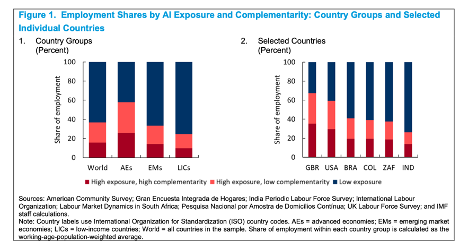
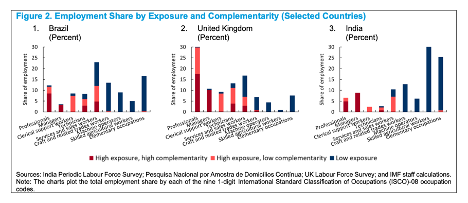

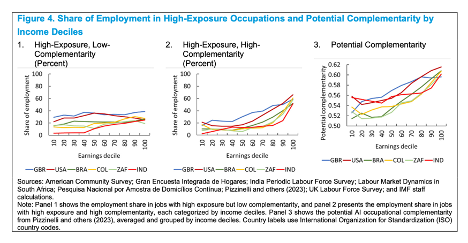
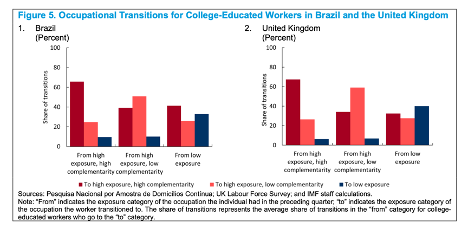
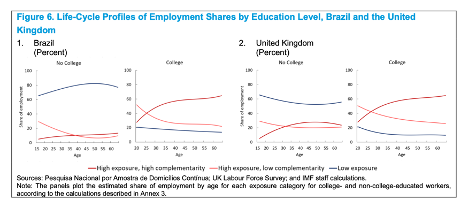
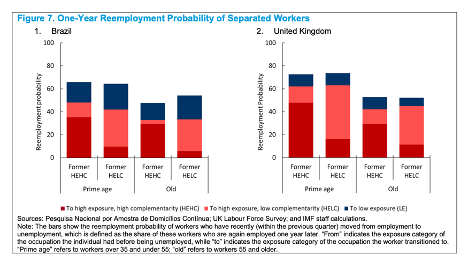
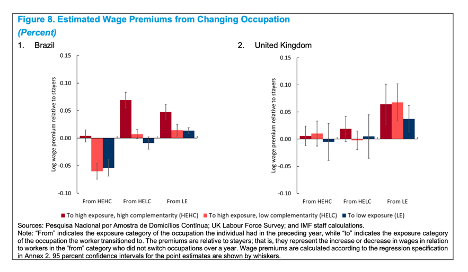
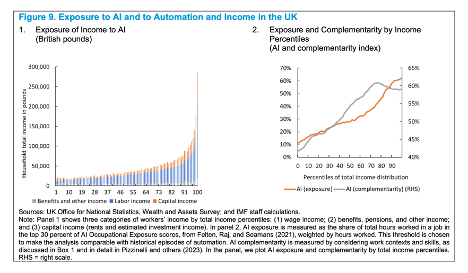




 Join hosts Anthony, Shane, and Francesca for essential insights on AI's impact on jobs, careers, and business. Stay ahead of the curve – listen now!
Join hosts Anthony, Shane, and Francesca for essential insights on AI's impact on jobs, careers, and business. Stay ahead of the curve – listen now!


